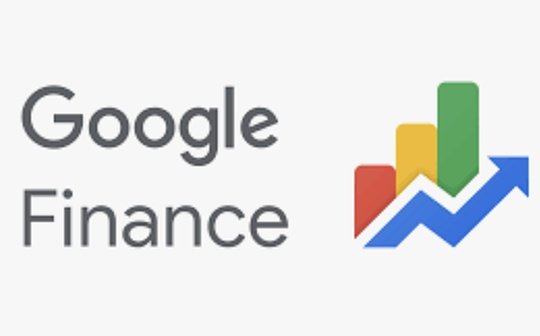
Amid ongoing innovations in how financial information is accessed, Google Finance has taken another significant step by announcing the integration of data from leading prediction market platforms, Kalshi and Polymarket, into its services. This strategic move not only enriches the platform's data dimensions but also provides users with unprecedented insights into future markets.
Deep Integration of Prediction Market Data
According to the official announcement, Google Finance will gradually roll out this innovative feature in the coming weeks. Users simply need to enter queries related to future market events into the familiar search box, and the system will immediately display current market probabilities and their historical trends. This seamless experience means investors no longer need to switch between different platforms to obtain real-time probability data for various events such as economic indicators, political elections, and corporate earnings reports.
Multidimensional Embodiment of Data Value
The unique value of this feature lies in its presentation of dynamic data. Users can not only see the static probability at a specific point in time but also observe how these probabilities change over time through visual charts. For example, when querying "probability of a rate hike at the next Fed meeting," the system will display the current market expectations aggregated from Kalshi and Polymarket, accompanied by a historical trend line, allowing users to clearly understand the evolution of market consensus. This time-dimensional data analysis provides a richer reference basis for decision-making.
The Unique Value Proposition of Prediction Markets
The biggest difference between prediction markets and traditional financial markets is their focus on predicting the outcomes of future events. Probability data formed by market participants "voting with their money" often reflects the actual situation more accurately than traditional surveys or expert predictions. Kalshi, as the first CFTC-regulated prediction market exchange in the United States, and Polymarket, as a representative of decentralized prediction markets, combine data that ensures regulatory compliance while reflecting cutting-edge trends in market innovation.
Broad Expansion of Application Scenarios
The potential application scenarios for this feature are extremely wide. Individual investors can use it to assess the impact of geopolitical risks on their portfolios; corporate analysts can more accurately predict industry development trends; policy researchers can obtain immediate market reactions to policy changes. For instance, during major elections, users can track changes in the winning probabilities of candidates in real-time; during earnings season, they can understand the distribution of market expectations for corporate performance in advance.
Important Considerations for Data Interpretation
It is important to emphasize that while prediction market data has significant reference value, users should understand that these probabilities reflect the collective expectations of market participants, not deterministic outcomes. A prudent approach is to combine this data with traditional fundamental analysis and technical analysis to form a more comprehensive decision-making framework. Furthermore, differences in liquidity, participant structure, and regulatory environment between different prediction markets may also affect how the data should be interpreted.
Future Outlook for Financial Information Services
This move marks the transformation of Google Finance from a traditional financial data provider into a comprehensive decision-support platform. By integrating the forward-looking indicator of prediction markets, the platform is redefining the boundaries of financial information services. Against the backdrop of rapidly developing artificial intelligence and big data technologies, this data fusion model is likely to become the new standard for future financial information services.
As this feature is gradually rolled out, users will gain a unique window into the future. This not only changes how individuals access and understand financial information but may also subtly influence the entire culture and paradigm of investment decision-making. In an era of information overload, tools that can quickly acquire and interpret complex market expectations are becoming increasingly strategic in value.
















